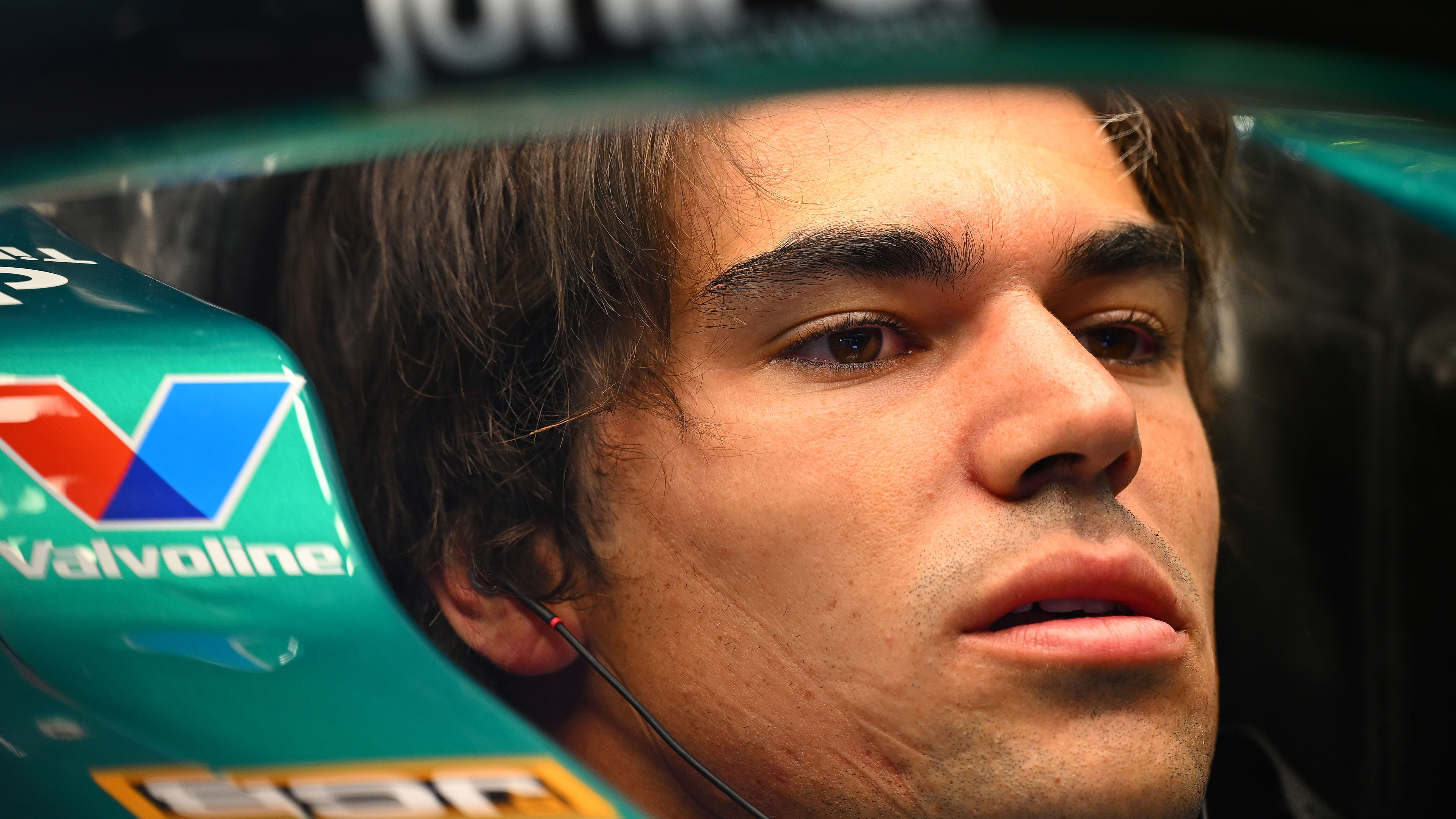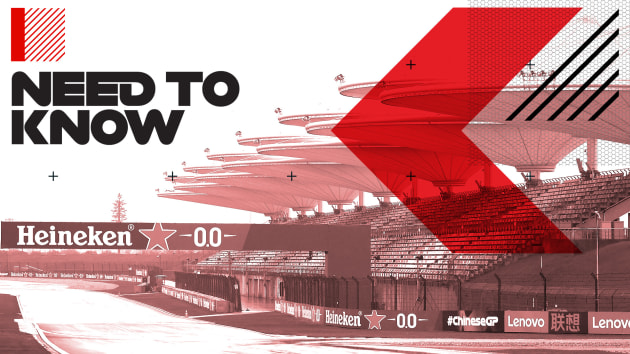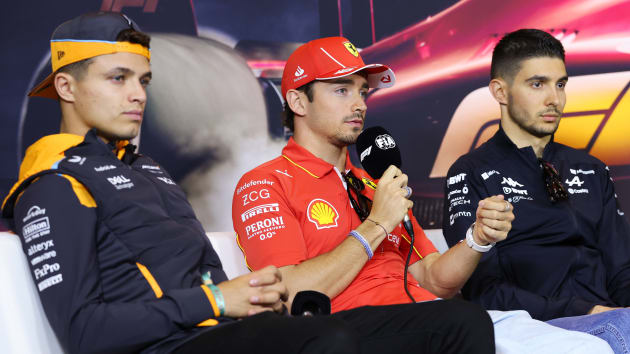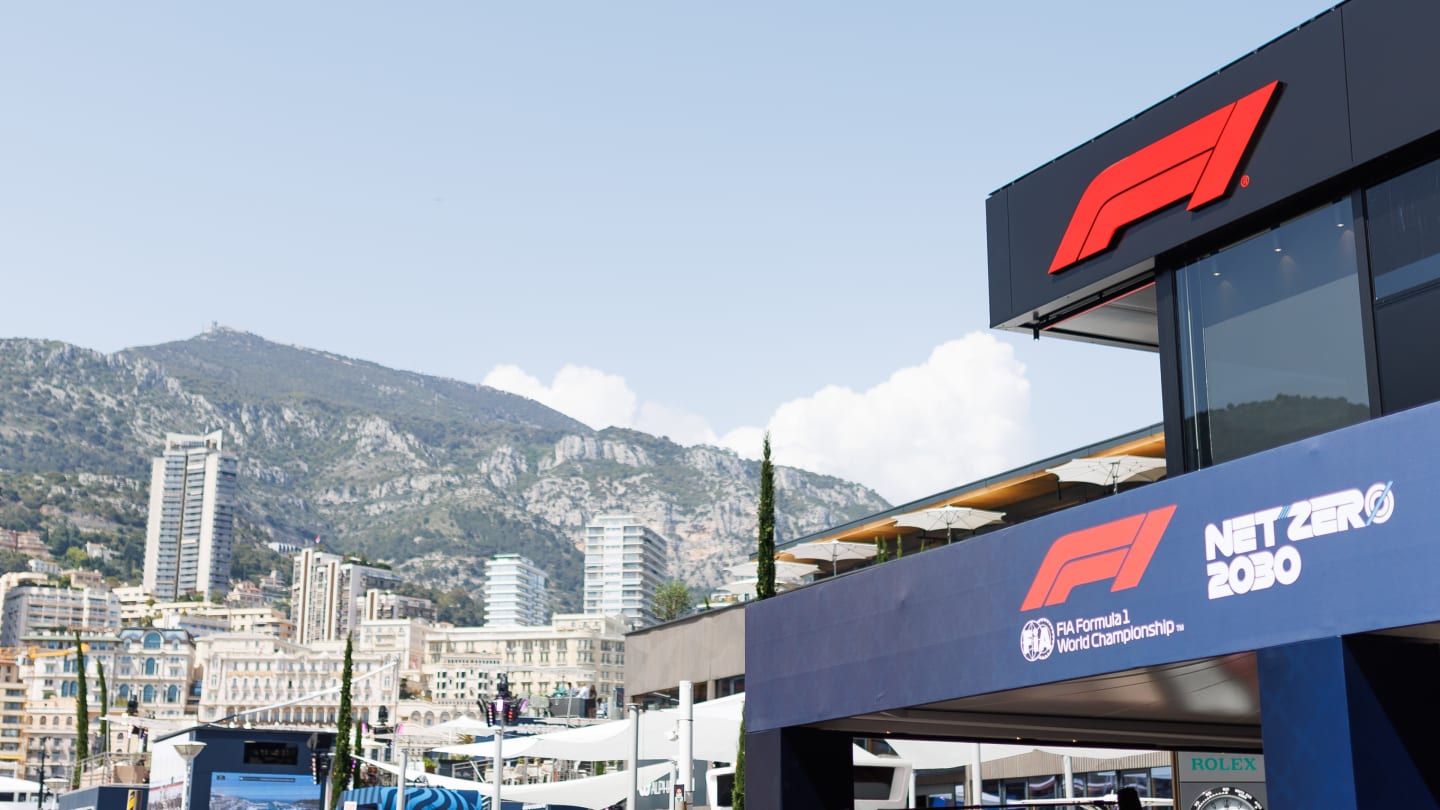
Feature
The beginner’s guide to the F1 calendar
Share

Our beginner’s guide provides all you need to know about the F1 calendar, while also explaining how it has developed since the sport’s inaugural season more than 70 years ago.
How many races are on the 2024 F1 calendar?
F1’s 2024 calendar features a record-breaking number of Grand Prix events, with 24 races taking place around the world this season.
A total of 21 countries across five continents are on the schedule, which features classic tracks such as Silverstone, Spa and Suzuka, along with exciting recent additions to the roster including Las Vegas, Miami and Qatar – a varied selection that offers drivers and fans plenty to look forward to.
China returns to the Formula 1 calendar for the first time since 2019 (April 19-21) and hosts the first F1 Sprint of 2024.
READ MORE: Three key stand outs from the 2024 F1 calendar
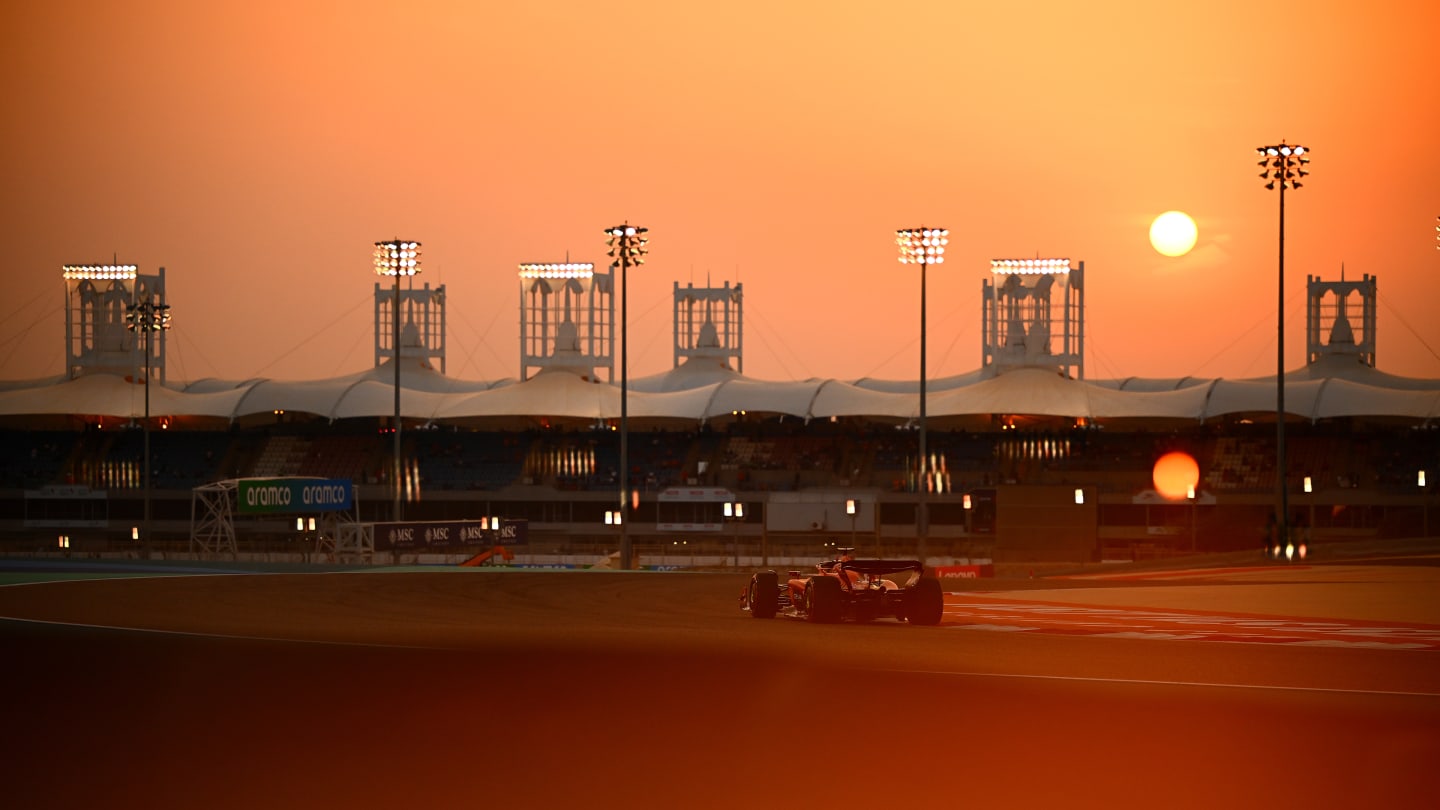
Bahrain hosted the first Grand Prix of 2024 on Saturday, March 2
When did the 2024 F1 season start?
The 2024 Formula 1 season began in Sakhir on March 2 with the Bahrain Grand Prix, before heading to Jeddah for the Saudi Arabian Grand Prix on March 9. Both races took place on a Saturday for the very first time because of Ramadan.
As a result, everything at those events happened one day earlier than usual - the first two free practice sessions (FP1 and FP2) took place on Thursday, the final free practice session (FP3) and qualifying on Friday, before the Grand Prix on Saturday.
Pre-season testing took place at the Bahrain International Circuit on February 21-23 before the 2024 season opener.
READ MORE: Everything you need to know about F1 – Drivers, teams, cars, circuits and more
When does the 2024 F1 season finish?
The 2024 Formula 1 season concludes at the Abu Dhabi Grand Prix at Yas Marina Circuit on December 8.
2024 F1 calendar
| Date | Event | Venue |
|---|---|---|
| February 21-23 | Pre-season testing | Sakhir |
| February 29 - March 2 | Bahrain | Sakhir |
| March 7-9 | Saudi Arabia | Jeddah |
| March 22-24 | Australia | Melbourne |
| April 5-7 | Japan | Suzuka |
| April 19-21 | China | Shanghai |
| May 3-5 | Miami | Miami |
| May 17-19 | Emilia Romagna | Imola |
| May 24-26 | Monaco | Monaco |
| June 7-9 | Canada | Montreal |
| June 21-23 | Spain | Barcelona |
| June 28-30 | Austria | Spielberg |
| July 5-7 | United Kingdom | Silverstone |
| July 19-21 | Hungary | Budapest |
| July 26-28 | Belgium | Spa |
| August 23-25 | Netherlands | Zandvoort |
| August 30 - September 1 | Italy | Monza |
| September 13-15 | Azerbaijan | Baku |
| September 20-22 | Singapore | Singapore |
| October 18-20 | USA | Austin |
| October 25-27 | Mexico | Mexico City |
| November 1-3 | Brazil | Sao Paulo |
| November 21-23 | Las Vegas | Las Vegas |
| November 29 - December 1 | Qatar | Lusail |
| December 6-8 | Abu Dhabi | Yas Marina |
How many F1 Sprint events are there in 2024?
Six venues host F1 Sprint events in 2024. China and Miami make the F1 Sprint line up for the first time, joining Austin and Qatar which both return to host their second F1 Sprint events. Austria (hosting their third) and Brazil (hosting their fourth) complete the exciting 2024 F1 Sprint roster.
2024 F1 Sprint calendar
| Date | Event | Venue |
|---|---|---|
| April 19-21 | China | Shanghai |
| May 3-5 | Miami | Miami |
| June 28-30 | Austria | Spielberg |
| October 18-20 | United States | Austin |
| November 1-3 | Brazil | Sao Paulo |
| November 29 - December 1 | Qatar | Lusail |
What is the 2025 F1 calendar?
The calendar for the 2025 Formula 1 season was announced on April 12 2024, and features 24 races in a campaign marking the 75th anniversary of the FIA Formula One World Championship.
As Ramadan will be throughout March in 2025, the Bahrain and Saudi Arabian Grands Prix will be held in April. This means the 2025 season will begin in Australia on March 16.
The changes made to the calendar in 2024 to create a better geographical flow of races have been carried over to 2025, with Japan in April following Australia and China, followed predominantly by the European races over the summer and the Americas during the Autumn, before Qatar and Abu Dhabi finish the season back-to-back.
READ MORE: The key differences and stand outs from the 2025 F1 calendar
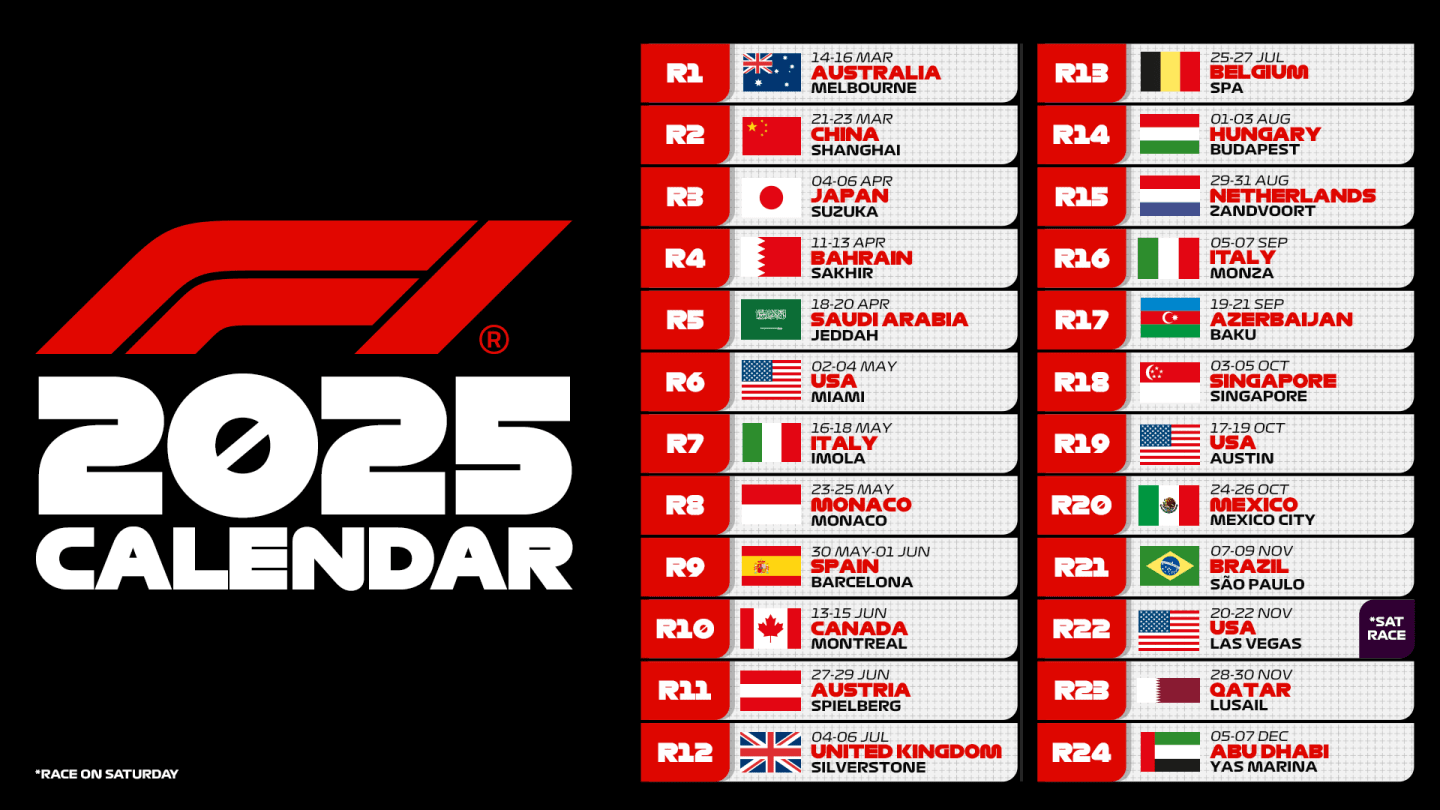
What are ‘double-headers’ and ‘triple-headers’?
Traditionally, F1 races were planned with a weekend-on, weekend-off approach, but an expanding calendar brought about by the ever-increasing popularity of the sport led to the arrival of double-headers and, in some cases, triple-headers.
A double-header is a sequence of back-to-back Grands Prix on successive weekends, while a triple-header is three race weekends in a row – venues being grouped together by location where possible. Simply put, this allows for more races within the 52-week year.
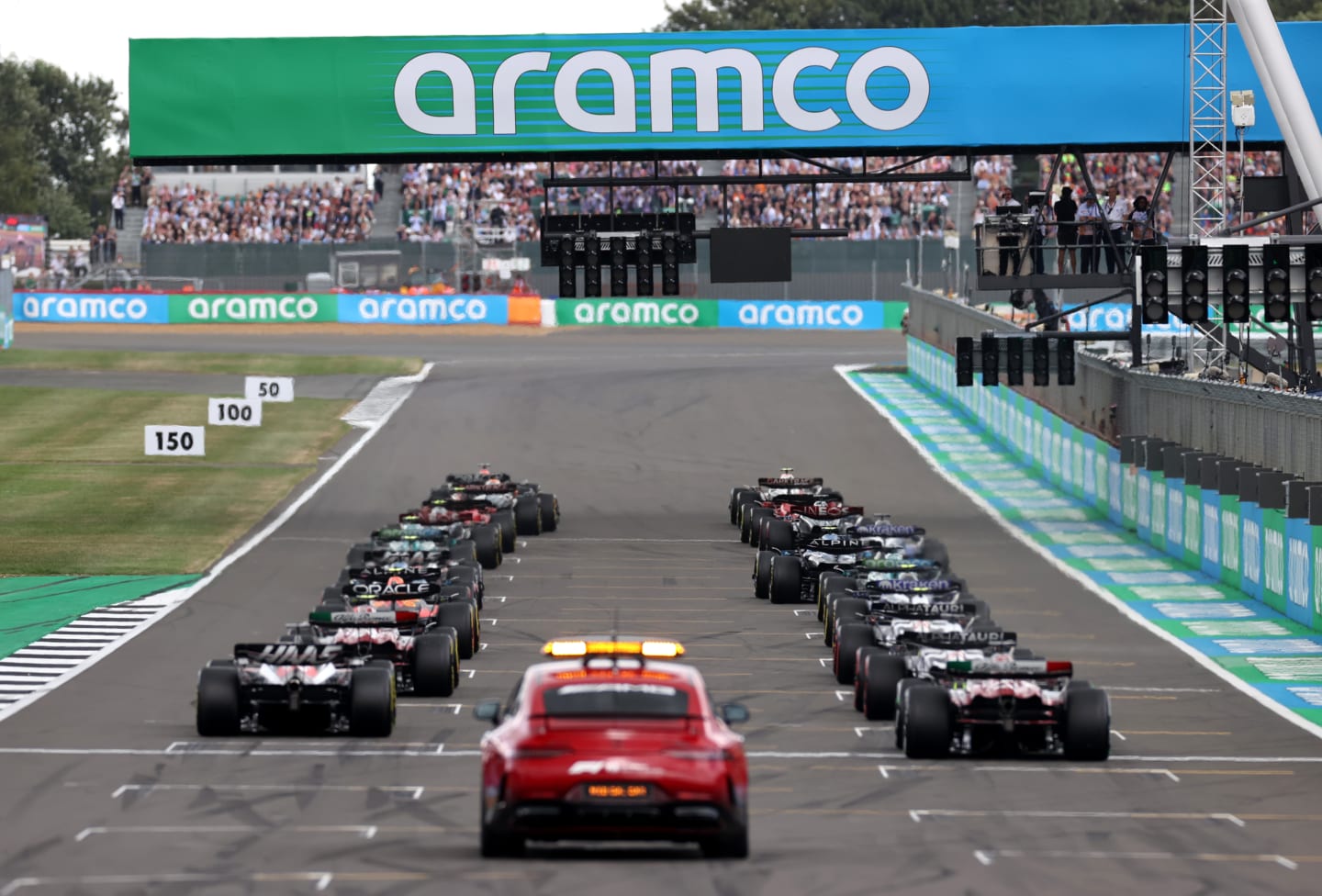
The 2024 British Grand Prix will be the last race in a triple-header, following Spain and Austria
What does the term ‘flyaway race’ mean?
The F1 calendar is a global affair, very much putting the ‘world’ in world championship. But you will often hear those involved differentiating between races held in Europe and those in the rest of the world – the key word being ‘flyaway’.
European rounds allow the teams to transport all their equipment – including the F1 cars themselves – by truck. Events held further afield – in different continents and/or across seas – need other forms of travel, with the paddock being flown or shipped between each venue.
F1 transports all cars from race to race to assist the teams, supported by a partnership with global logistics experts DHL. For some flyaway events, supplementary equipment is sent by sea months in advance.

F1’s use of DHL biofuel-powered trucks reduces carbon emissions by an average of 83%
How does the 2024 calendar compare to F1’s first championship season?
The F1 calendar of today differs greatly to the one agreed for the first year of the world championship in 1950. Back then, there were only seven races and they were spread out from May to September, with six held in Europe – the exception being the US-located Indianapolis 500, which most regular F1 drivers skipped.
READ MORE: The beginner’s guide to the F1 Drivers’ Championship
New European venues gradually arrived as Formula 1 established itself, while the first overseas addition came in 1953 as teams headed to Argentina in South America for the first time. Since then, the sport has expanded to North America, Asia, the Middle East and Australia, with races having also been held in Africa.
Of the original venues used in 1950, Silverstone, Monaco, Spa-Francorchamps and Monza still feature, albeit with several significant track layout and safety-based changes being made over the years.
YOU MIGHT ALSO LIKE

Video WEEKEND WARM-UP: The Sprint is back as F1 returns to China – but can Red Bull stay ahead of their rivals?
Feature NEED TO KNOW: The most important facts, stats and trivia ahead of the 2024 Chinese Grand Prix
new
Live BlogF1 Unlocked LIVE COVERAGE: Follow all the action from Sprint Qualifying at the Chinese Grand Prix
News FIA Thursday press conference – China
